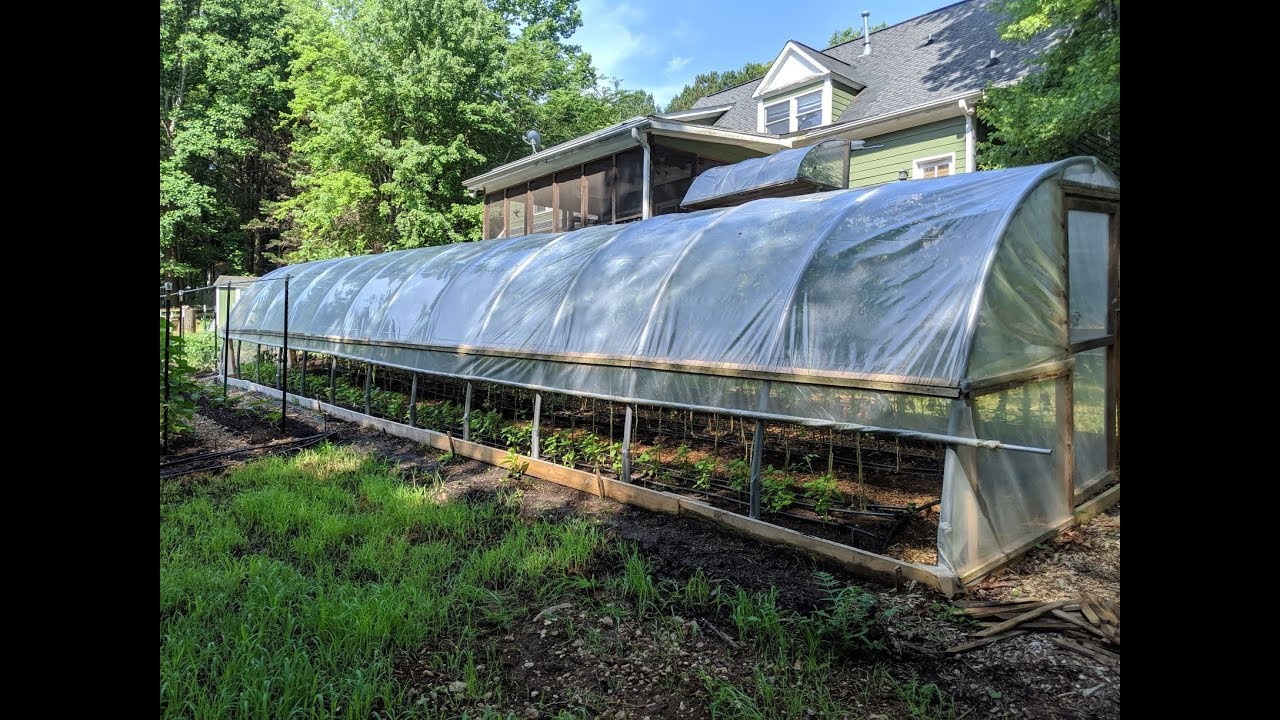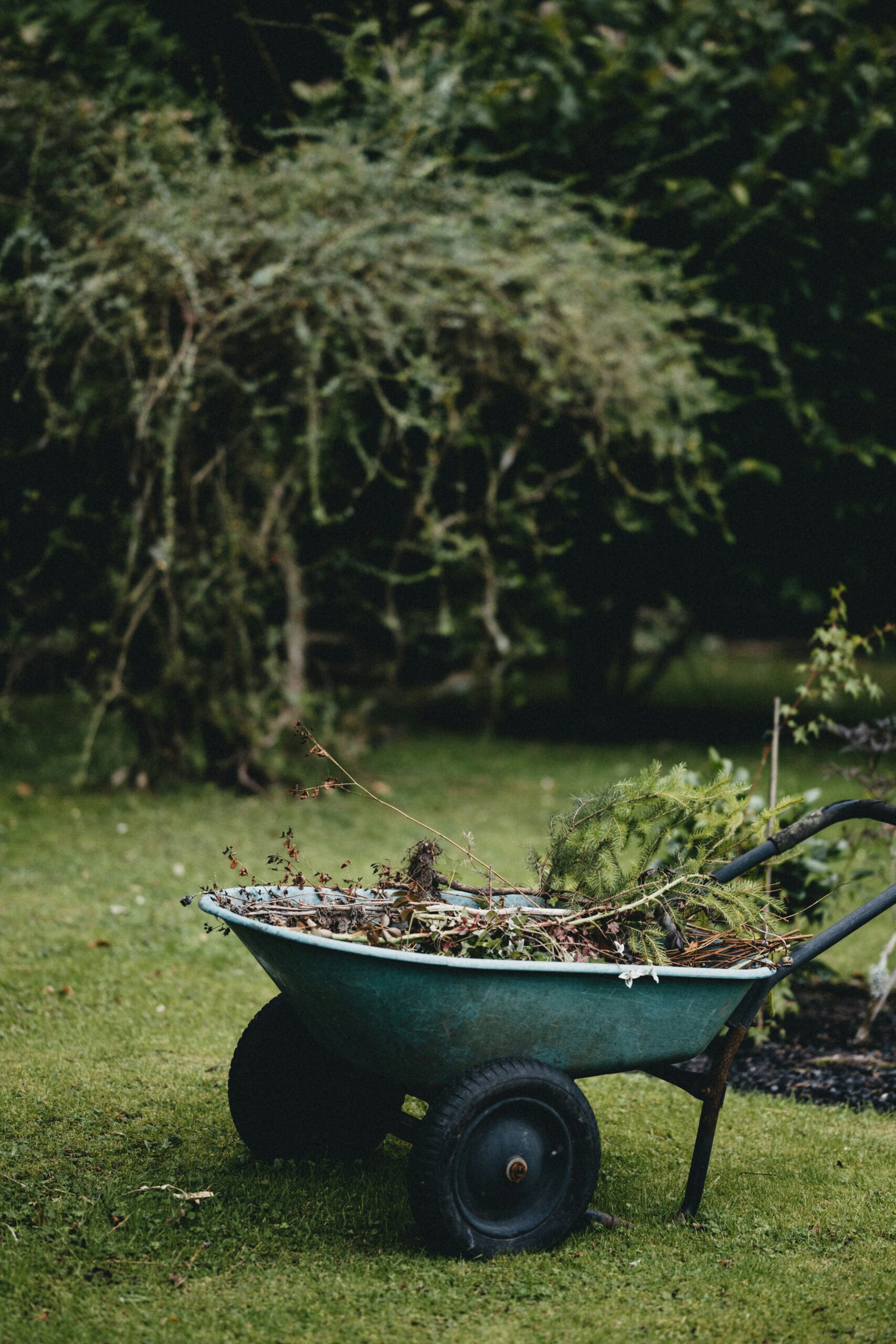If you’re looking to create your very own DIY PVC greenhouse, then you’ve come to the right place. In a video presented by Josh Sattin Farming, you’ll discover all the steps and tips needed to successfully build a PVC greenhouse (high tunnel) from scratch. From construction details to design considerations and even a comparison between DIY and purchasing a kit, this video has everything you need to get started on your greenhouse project.
Josh Sattin Farming shares his expertise and insight on the construction process, providing valuable information on design choices and practical uses of a PVC greenhouse. With no content ever hidden behind a paywall, this video is a valuable resource for anyone interested in getting involved in greenhouse farming. So grab your PVC pipes and join in on the fun of creating your very own DIY PVC greenhouse today!
Materials Needed
To get started with building your PVC greenhouse, you will need a few essential materials. PVC pipes are the main component that forms the structure of the greenhouse, providing a sturdy frame to support the plastic sheeting. Connectors are necessary to join the PVC pipes together securely, allowing you to create the desired shape of your greenhouse. Additionally, plastic sheeting will be used to cover the frame and create a water-resistant barrier. You will also need a measuring tape to ensure accurate dimensions and alignment, as well as scissors or a utility knife to cut the plastic sheeting to size.
Choosing the Right Location
Before you begin constructing your PVC greenhouse, it is crucial to select the right location for the structure. Consider the amount of sunlight exposure the area receives throughout the day, as most plants require a certain level of sunlight to thrive. Accessibility to a water source is another important factor to keep in mind, as plants will need regular watering. To protect your greenhouse from potential damage, ensure that the location is shielded from strong winds. Lastly, opt for a spot with level ground to provide stability for the structure.

Design Planning
When planning the design of your PVC greenhouse, several factors need to be taken into consideration. Determine the size of the greenhouse based on the amount of space you have available and the quantity of plants you intend to grow. Choose the shape of the greenhouse, whether it be hoop-shaped, arched, or another style that suits your needs. Ventilation options are essential to regulate temperature and humidity inside the greenhouse, so plan for windows or vents accordingly. Finally, consider the placement of the door for convenient access to your plants.
Construction Steps
To begin constructing your PVC greenhouse, start by cutting the PVC pipes to the desired lengths using a saw or pipe cutter. Once the pipes are cut, assemble the frame by connecting the pipes with the appropriate connectors to form the desired shape. Once the frame is complete, attach the plastic sheeting to cover the structure entirely. Ensure the sheeting is secure and taut to prevent it from sagging or tearing. Lastly, install doors for access and ventilation systems to maintain optimal growing conditions inside the greenhouse.

Cost Comparison
When considering building a DIY PVC greenhouse versus purchasing a kit, there are cost factors to take into account. DIY projects often allow for cost savings compared to buying a pre-made kit. Factors that may affect the overall cost include the size of the greenhouse, quality of materials used, and additional features added to the structure. By opting for a DIY approach, you can customize your greenhouse to suit your needs while potentially saving money on labor costs.
Benefits of a PVC Greenhouse
Building a PVC greenhouse offers numerous benefits for gardeners and plant enthusiasts. The structure provides an extended growing season, allowing you to start planting earlier in the spring and extend harvests into the fall. The greenhouse protects plants from pests and harsh weather conditions, creating a controlled environment for optimal growth. PVC greenhouses are versatile and can be used for a variety of purposes, from starting seedlings to growing tropical plants year-round.

Maintenance Tips
To prolong the lifespan of your PVC greenhouse and ensure the health of your plants, regular maintenance is essential. Schedule routine cleaning sessions to remove dust, dirt, and debris from the plastic sheeting and frame. Inspect the greenhouse for any signs of wear and tear, such as cracks or loose connections, and address them promptly. Repair minor damages as they occur to prevent further issues. Additionally, consider insulating the greenhouse during colder months to protect plants from freezing temperatures.
Additional Features
Enhance the functionality of your PVC greenhouse by incorporating additional features that cater to your specific needs. Install shelving and storage units to maximize space and keep gardening tools organized. Automatic watering systems can help maintain proper moisture levels in the soil, especially when you are away from home. Consider heating options for colder climates to provide warmth to your plants during chilly nights. Solar-powered accessories are eco-friendly additions that can help power lights, fans, or other electrical components inside the greenhouse.

Tips for Successful Growing
When using your PVC greenhouse for growing plants, there are key tips to keep in mind to ensure successful results. Choose the right crops that are suitable for the conditions inside the greenhouse and your local climate. Maintain proper humidity levels by monitoring moisture and ventilation regularly. Keep an eye on temperature levels to prevent overheating or cold stress for your plants. Implement practices to prevent common plant diseases, such as proper spacing, crop rotation, and regular inspection for pests.
Conclusion
In conclusion, building a DIY PVC greenhouse offers a rewarding experience for gardeners of all skill levels. The benefits of having a greenhouse include an extended growing season, protection from pests and harsh weather, and the ability to control the plant’s environment. By following the construction steps, maintenance tips, and additional features outlined in this guide, you can create a functional and efficient greenhouse for your plants. Start your DIY project today and share your experience with the community to inspire others to cultivate their green thumbs. Happy gardening!
